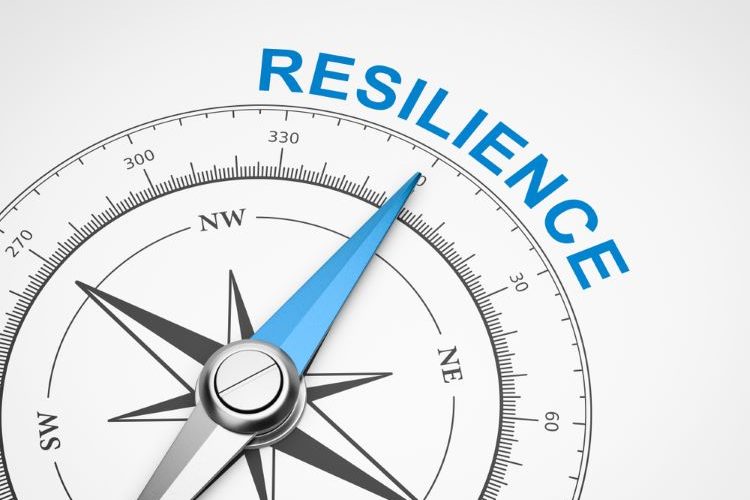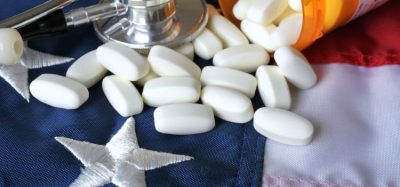How can biopharma strengthen its resilience?
Posted: 7 June 2023 | Catherine Eckford (European Pharmaceutical Review) | No comments yet
A recent report has found that since 2021, biopharma resilience has decreased, affecting areas such as supply chain, strength of the R&D ecosystem and manufacturing agility.


The global biopharma industry’s resilience has decreased since 2021, a report by Cytiva has found.
Using feedback from 1250 pharma and biopharma executives in 22 countries, the research sought to find out how has the biopharma industry has evolved over the past two years and what areas the industry should seek to improve.
The five areas evaluated for resilience were:
- Supply chain resilience
- Access to talent
- Strength of the R&D ecosystem
- Manufacturing agility
- Effectiveness of government policy in supporting the industry.
While some countries have made great progress in developing their biopharma, overall global resilience has fallen since 2021.
Yet of the 22 countries included in the index, Switzerland had the highest resilience score of 6.98. The other top four biggest scoring countries were the US, the UK, Sweden and Singapore.
How has biopharma’s resilience fared since 2021?
Strength of the R&D ecosystem
Two of the biggest drops in resilience scores were experienced by the R&D ecosystem from 6.54 to 5.22 and talent pool, which saw a drop from 6.27 to 5.60.
For biotech talent pool, leaders revealed the top three most difficult skills to attract, find and retain:
- Twenty-two percent for manufacturing talent for GMP certified or equivalent facilities
- Twenty-one percent for R&D talent
- Twenty percent for digital/technology talent
Supply chain
The biopharma resilience report found supply chain resilience has improved slightly since 2021, but many countries are still struggling to meet domestic demand.
For example, data showed the percentage of executives who stated their country experiences a stockout or period of insufficient supply at least once a year. By therapeutic category, two of the highest were biologics (excluding insulin and vaccines) at 73 percent and chemical/plant-derived drugs at 54 percent.
Manufacturing agility
An ability to scale manufacturing up or down at short notice is vital, the report acknowledged. Data was compiled on the speed at which countries could increase production in response to a global shortfall. Therefore, manufacturing agility of three key product categories were found to be:
- Insulin – immediately at 16 percent and slowly at 28 percent
- Vaccines – immediately at 20 percent and slowly, 39 percent
- Other biologics – eight percent immediately and slowly at 37 percent.
Government policy and regulation
Regarding Government policy and regulation, executives relayed they want more government support to safeguard the industry for the future. The research noted that 45 percent said government policy is pursuing inconsistent goals. There were 18 percent of respondents who believed tax or trade policies actively encourage domestic pharma and biopharma manufacturing.
To conclude, the biopharma resilience index report provides clear recommendations for how the biopharmaceutical industry could establish a more resilient future.
Related topics
Big Pharma, Biopharmaceuticals, Bioproduction, business news, Data Analysis, Drug Development, Drug Manufacturing, Drug Supply Chain, Industry Insight, Manufacturing, Regulation & Legislation, Research & Development (R&D), Supply Chain, Therapeutics









